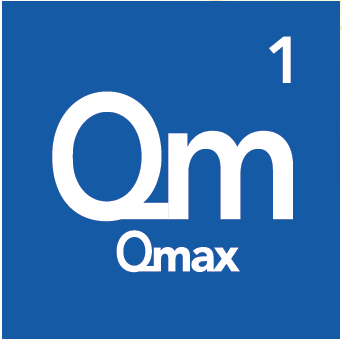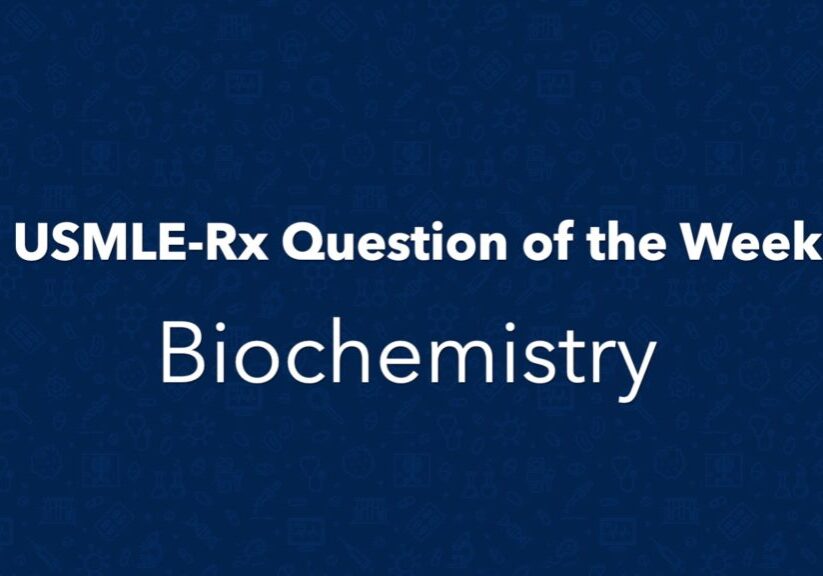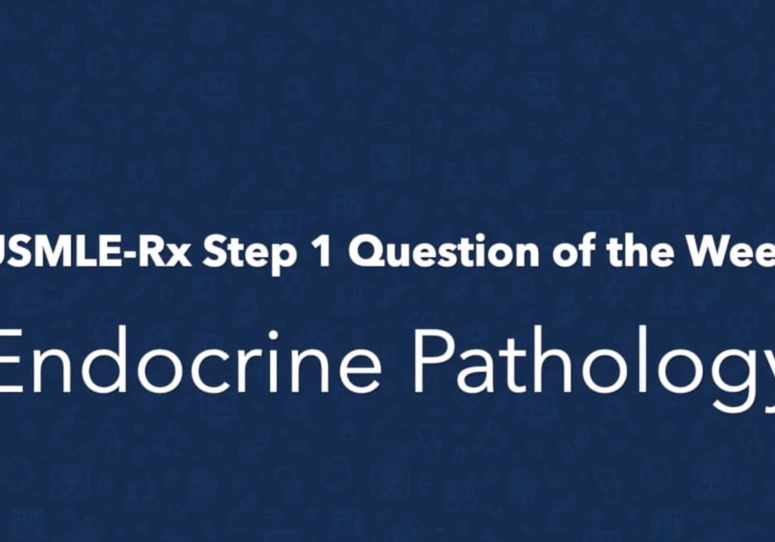Check out today’s Step 1 Qmax Question Challenge.
Know the answer? Post it below! Don’t forget to check back for an update with the correct answer and explanation (we’ll post it in the comments section below).
A novel drug is developed that specifically acts only on the intestinal epithelium. This new drug is found to prevent the absorption of glucose and galactose from the lumen, but does not affect the absorption of fructose.
Based on the new drug’s effects, which of the following is the most likely mechanism of action?
A. It targets insulin regulation of glucose transporters
B. It targets the GLUT-2 transporter
C. It targets the GLUT-4 transporter
D. It targets the GLUT-5 transporter
E. It targets the sodium-potassium pump within intestinal cells
———————–
Want to know the ‘bottom line?’ Purchase a USMLE-Rx Subscription and get many more features, more questions, and passages from First Aid, including images, references, and other facts relevant to this question.
This practice question is an actual question from the USMLE-Rx Step 1 Qmax test bank. For more USMLE Step 1 prep, subscribe to our First Aid Step 1 Flash Facts and First Aid Step 1 Express Videos video series. Score the best deal on all three products as a bundle with USMLE-Rx 360 Step 1.





E
I think this novel drug which is being talked about are -gliflozins
c
B (glut2)
The correct answer is E. For monosaccharides such as glucose, galactose, and fructose to be absorbed after ingestion, they need to first pass through the apical side of the gastrointestinal (GI) epithelium and then again through the basolateral side of the epithelium into the blood, as illustrated in the diagram. The apical side of the GI epithelium has numerous microvilli with numerous dedicated transporters. Both glucose and galactose traverse the apical membrane by the action of the transporter sodium-dependent glucose transporter 1 (SGLT1). SGLT1 is a symporter, in that it simultaneously transports sodium and either monosaccharide into the cell. It is able to draw these monosaccharides into the epithelial cells along with sodium because of the sodium gradient created by the sodium-potassium adenosine triphosphatase (ATPase) at the basolateral membrane. Fructose, on the other hand, traverses the apical epithelial membrane via a sodium-independent monosaccharide transporter (GLUT-5). After glucose, galactose, and fructose enter the epithelial cells of the small intestine, they all traverse the basolateral membrane into the bloodstream via another transporter, GLUT-2. Therefore, a medication that would inhibit the absorption of glucose and galactose, but not fructose, would have to work by inhibiting the absorption of glucose and galactose at the apical membrane. Inhibition of the SGLT1 symporter could be achieved by impairing the sodium gradient, established by the basolateral Na+/K+ ATPase, which helps drive these monosaccharides into the cell.
A is not correct. Insulin regulates glucose and lipid metabolism by binding tyrosine kinase transmembrane receptors on muscle and adipose tissues. This results in autophosphorylation of tyrosine residues, and eventually uptake of glucose and amino acids in to the cells. However, insulin does not have an effect on the intestinal absorption of monosaccharides.
B is not correct. The GLUT-2 transporter is expressed in intestinal cells and transports glucose, galactose, and fructose from the cytosol of the epithelial cells across the basolateral membrane into the systemic circulation. Inhibition of the GLUT-2 transporter would impair absorption of all three monosaccharides. Although the presence of the GLUT-5 transporter on the basal side of the intestinal epithelium would allow for the continued absorption of fructose, the majority of fructose is transported by GLUT-2 so inhibition of GLUT-2 would still interfere with fructose absorption to some degree.
C is not correct. The GLUT-4 transporter is expressed in muscle and adipose tissues, not in intestinal cells. It enables glucose to be taken up into these cells from the bloodstream. GLUT-4 is responsive to insulin. Insulin results in the translocation of GLUT-4 transporters from the cytoplasm to the cell membrane resulting in an increase in the cellular uptake of glucose.
D is not correct. GLUT-5 is present on both the apical and basal surfaces of the intestinal epithelium. GLUT-5 is responsible for the absorption of fructose from the lumen of the gut and into the systemic circulation. It is not dependent on a sodium gradient. Inhibition of GLUT-5 would impair fructose absorption, not that of glucose/galactose.